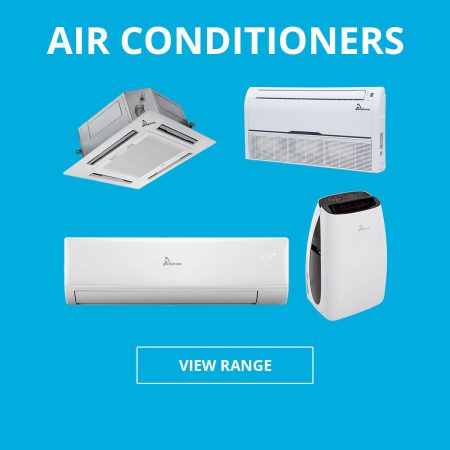So you’re looking to buy a portable air condition, but you’re asking yourself the question, “Do portable air conditioners dehumidify?” This question is one of the most commonly asked about portable air conditioners. But it’s not a simple question to answer. To do so properly, it must first be explained what dehumidification is and how it differs from a standard air conditioning.
Which type of unit is best for you?
Standard air conditioners, be they portable or fixed, function by drawing in warm air, cooling it, and expelling cold air into the room. This is the most basic function of the units and applies regardless of air conditioner type. Dehumidifiers specifically draw in moisture from the air to reduce the humidity within a room. The effects are markedly different and which of them will prove best for you will depend on your individual needs, the space you wish to cool, and most importantly, the climate in which you live.
Now, many people believe that the ideal is to have a unit that performs both these tasks: one that reduces the amount of moisture within the air and cools the area down. But this is not necessarily the case. If you do not reside in an overly humid climate, then a dehumidifier is unlikely to produce any deeply felt results for you. On the other hand, if you do live in a very humid place, then you may be better served just going with a dehumidifier, as you may find an air conditioner is inefficient and ineffective. Those who are most likely to feel strong benefits from having an air conditioner that dehumidifies are those in variable climates, where the heat felt indoors can be from a combination of temperature and humidity.
So — do they?
The short answer to the above query is therefore no — portable air conditioners do not dehumidify. At least, not as effectively as a dehumidifier. While this can sound like bad news, never fear. You can purchase dehumidifiers for your portable air conditioner, which work with the existing unit and allow you the benefit of perfect management of your indoor climate.
As this is a complicated question, however, you could also be given another short answer — yes. While portable air conditioners do not perform the exact same function as a dehumidifier, they do reduce humidity within the air to an extent, which can cool the area significantly. Even though they do not actually work by withdrawing moisture from the air, by virtue of the way they do work which is drawing in warm air directly, it’s inevitable that they will take in a fair amount of moisture too.
In the case of portable air conditioners specifically, given they work much the same way as standard air conditioners, you should expect some level of dehumidification to occur. And one of the biggest benefits of portable air conditioners is the ability to move him around within your home where needed. This allows you to focus the cooling wherever you feel it is needed most. And always remember, if you feel that you do need some more dehumidification, you can purchase a separate dehumidifier to use with your portable air conditioner to boost its effects.
What seems to be a simple question — do portable air conditioners dehumidify? — thus actually has two simple answers — both yes and no. Always remember to consider your individual needs carefully when purchasing an air conditioner or dehumidifier. Everyone is different, every climate is different, and every home is different. You owe it to yourself to take the time to make the best decision for you.
